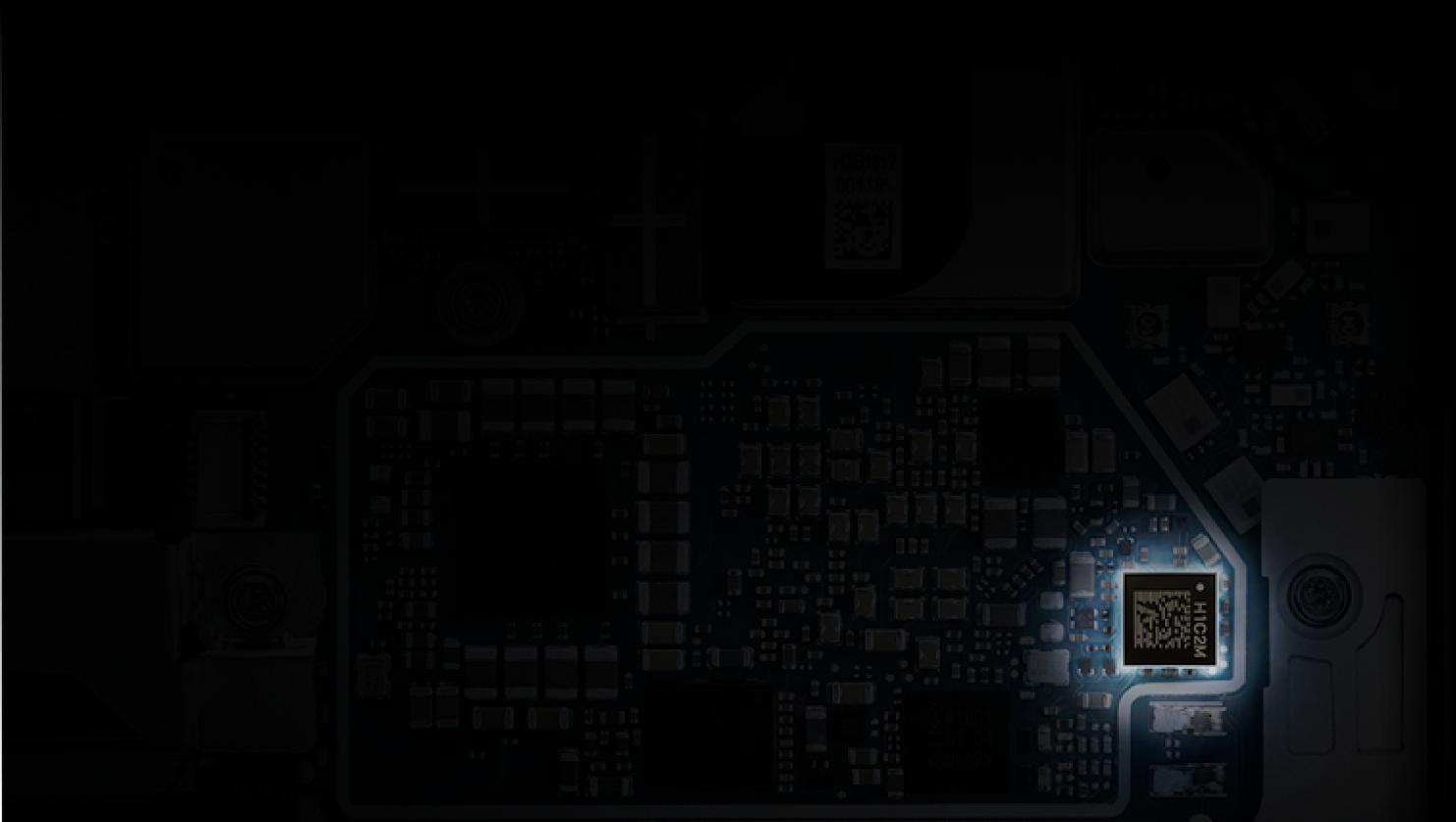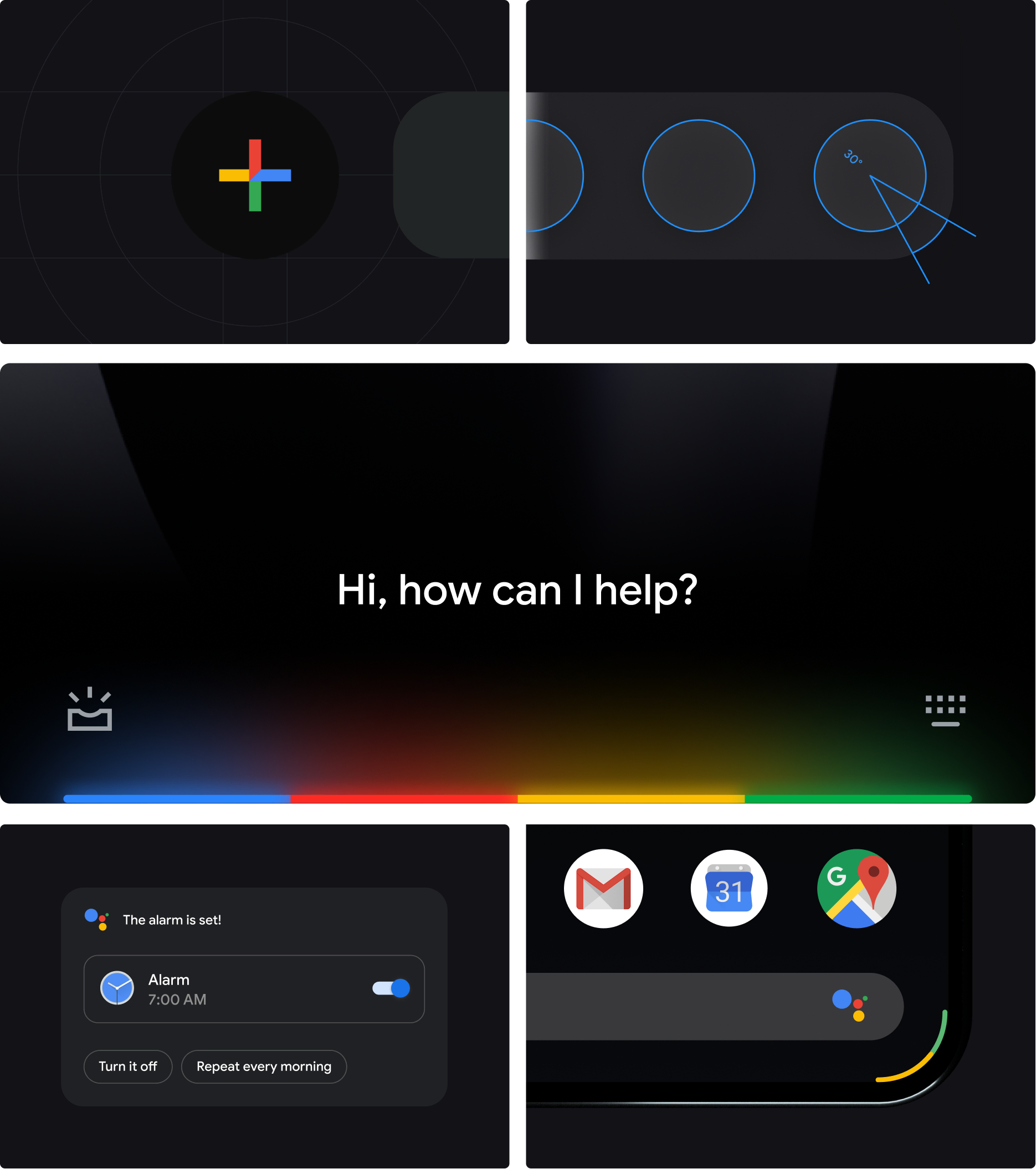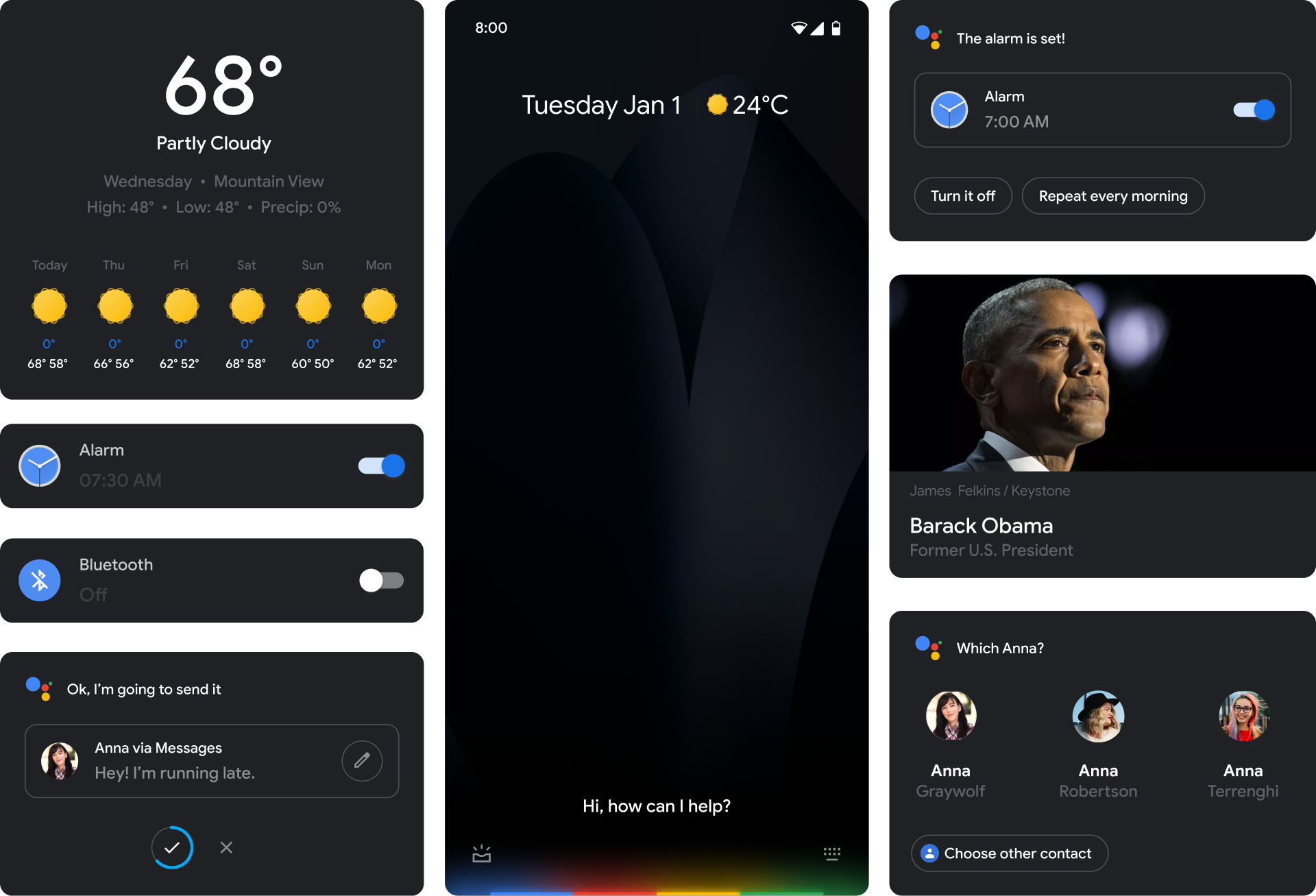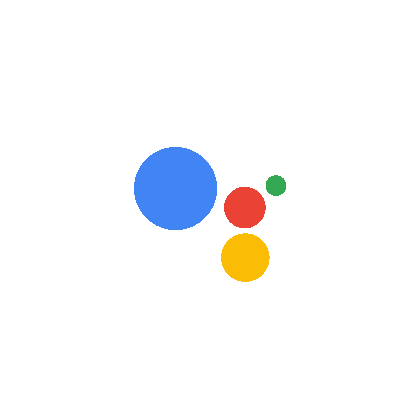Vivamind
Pixel Assistant
(DISCONTINUED)
The VivaMind Assistant was an ambitious project that aimed to redefine how users interact with their digital assistants. Designed exclusively for Google's flagship Pixel 4, the assistant leveraged the device's cutting-edge technology, including dedicated Tensor Processing Units (TPUs), to enable real-time natural language understanding and speech recognition. This technological foundation allowed for a more intuitive and fluid interaction with the device, moving beyond traditional interface elements to a more semantic form of communication.

Background
NGA takes advantage of on-device AI and dedicated Tensor Processors Units (TPU) to allow for real-time natural language understanding and speech recognition.

The development process began with building prototypes that explored simple primitives, which revealed a shift in interface design from direct manipulation to a more nuanced semantic approach. Instead of instructing the AI to perform specific actions, users could express their intentions more naturally, and the assistant would interpret and execute these commands seamlessly.
These exercises were insightful as they showed a shift from evolving the way we design interfaces from direct manipulation to semantic manipulation.
It’s not about telling the AI which button to press, it’s about telling it what you want.
Evolving brand
The Google Logo Family with its voice enabled system served as a foundation to build many Assistant products for a wide range of devices.
We re-visited and evolved the system in order to pave the way for a more continuous and ephemeral style of interaction. The aspirational goal was for Assistant to feel like extension of the hardware, rather than dots floating on top of your apps.
-
GM Blue 500
- RGB — 66 133 244
- CMYK 88 40 0 0
- HEX — #4285F4
-
GM Red 500
- RGB — 234 67 53
- CMYK — 0 87 89 0
- HEX — #EA4335
-
GM Yellow 500
- RGB — 251 188 4
- CMYK — 0 37 100 0
- HEX — #FBBC05
-
GM Green 500
- RGB — 52 168 83
- CMYK 85 0 92 0
- HEX — #34A853
The result was what we referred to as edge glow. A natural blend of the rigid structure of Google (the color segments) with the aspirational metaphor of light and ephemerality (glow).
We insisted on the UI to match the corner radius of the device. A simple detail that turned out to be more challenging than we had anticipated.

Answer system
NGA allows Assistant to be invoked over applications. In order to prevent obscuring valuable screen estate with unnecessarily large answer cards, we rethought some of key answer sets to not take over the entire screen.

Looking back, it was insightful to see how the early conceptual thinking of continued conversation materialized in the product.
Looking back, the development of VivaMind Assistant provided valuable insights into the future of digital assistants, moving closer to the operating system and setting the stage for further advancements in AI-driven interactions. Although the project is now discontinued, the evolution of the assistant remains a significant step towards more natural and integrated AI experiences.

